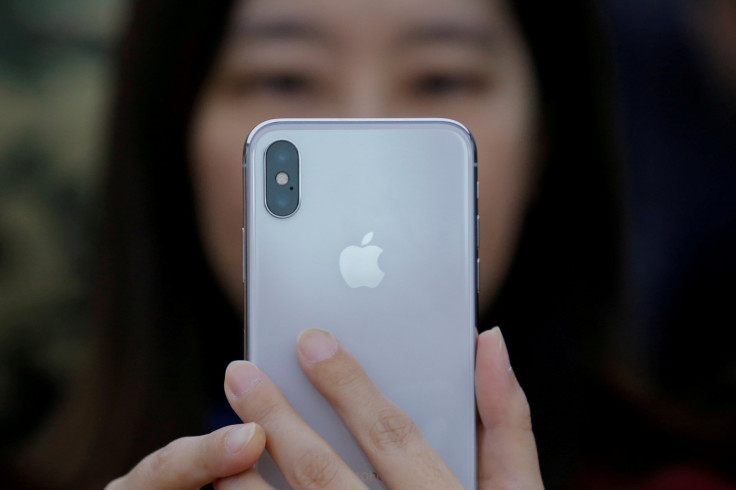Apple Reportedly Seeking OLED Price Cuts From Samsung

Last week, reports surfaced that Apple (NASDAQ:AAPL) may have to continue relying on frenemy Samsung as its sole supplier for OLED display panels, as LG has run into manufacturing challenges that could potentially threaten its ability to meet the deadline for volume production. Getting another supplier onboard would be critical for Apple to score pricing concessions, pitting multiple suppliers against each other. Apple loses much of that bargaining power if it fails to diversify suppliers for any given component.
This article originally appeared in the Motley Fool.
It sounds like Apple is making progress at the negotiating table with Samsung.
Negotiating price concessions
DIGITIMES reports that Apple is looking to reduce its unit costs for OLED panels. The high price of those displays, which represents approximately a third of the total bill of materials (BOM), is also a key reason why the iPhone X starts at $1,000. That lofty price tag, in turn, has suppressed demand, since many consumers aren't willing to pay that much for a smartphone. Apple was paying about $110 per panel in 2017, but is attempting to bring that unit cost down to $100, according to the report.
IHS Markit had estimated in November that the OLED panel cost about $110. More recently, Fomalhaut Techno Solutions estimated that Samsung was charging $97 per panel. These differences may sound modest, but keep in mind they're applied over tens of millions of iPhones, so the per-unit costs add up quickly.
Apple is expected to buy upwards of 100 million OLED panels from Samsung this year, of which 25 million would be destined for iPhone X while the remaining 75 million would be for two iPhones with OLED displays that are set to launch later this year. One model will include a 5.8-inch OLED display comparable to iPhone X, with a larger 6.5-inch OLED display in an "iPhone X Plus" model.
The report also notes that Chinese vendors of OLED panels could be pushing the price down as well, as the industry has been investing billions in ramping up production capacity. Those panel makers will want to move as many units as possible, keeping capacity utilization high and amortizing fixed costs across more units. Keep in mind that it's unlikely that any of these panels would make their way into iPhones, as Apple has extremely high quality requirements and specifications that Chinese vendors probably wouldn't be able to meet. Even LG, one of the most experienced OLED panel makers in the world, is having trouble meeting those requirements.
Perhaps more importantly, it's not clear if Apple would pocket any cost savings it obtains or give those savings to consumers in the form of lower prices. The messaging would be very difficult, since iPhone X buyers may feel like they paid too much last year. However, if a lower price translates into higher unit sales, which it intuitively should, then it could be worth it.
Evan Niu, CFA owns shares of Apple. The Motley Fool owns shares of and recommends Apple. The Motley Fool has the following options: long January 2020 $150 calls on Apple and short January 2020 $155 calls on Apple. The Motley Fool has a disclosure policy.




















